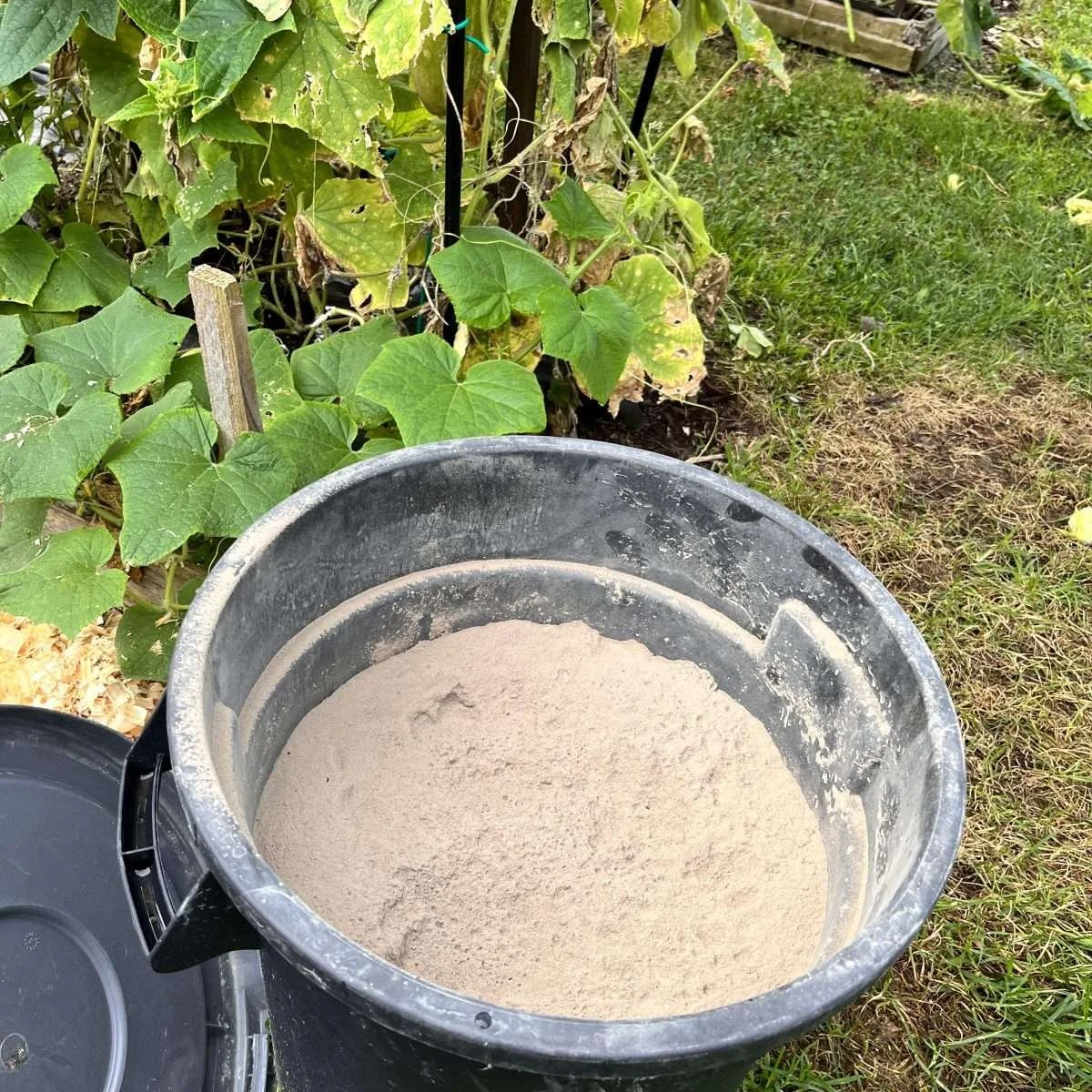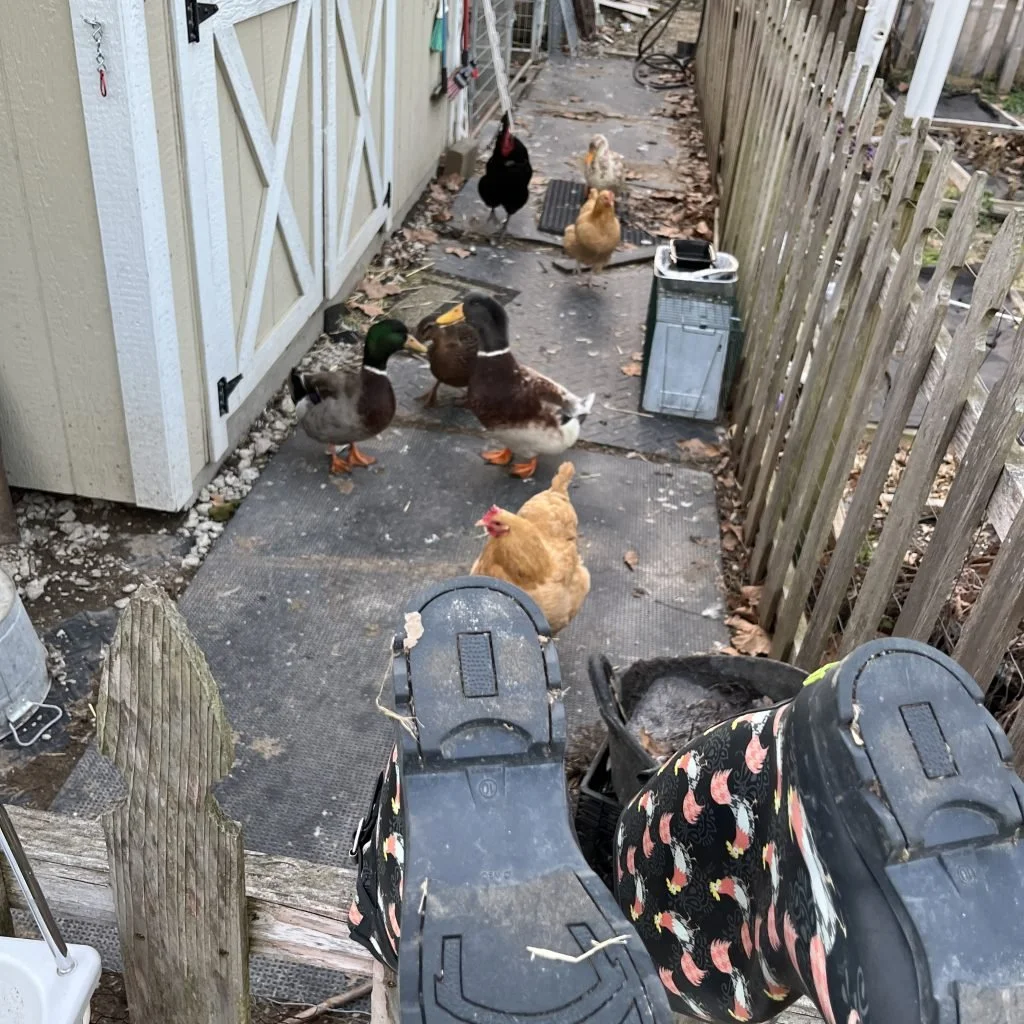Lesson: Types of Baths on a Farm
Lesson: Types of Baths on a Farm
In this lesson: types of baths on a farm is so much more than just water and soap! It can be so much more than that. Can you imagine how many ways there are to bath animals and insects?
Water, Alcohol, Bleach, Sand, and Plankton
You might think the word "bath" means a tub and water. But that is NOT true. All kinds of animals "bathe" themselves in different materials other than water.
As an urban farmer, I use more than just water + soap to get animals clean. We sometimes need to use other chemicals and substances. And not all of them are wet.
Alcohol Bathing
A molecule of alcohol
This is a useful tool for cleaning blood and skin on any animal. But NOT insects. Alcohol is a poison to insects. It disrupts their ion channels and blocks insects from breathing through their skin.
Alcohol is useful on skin too because it breaks through the cell wall of bacteria and viruses as well. Alcohol rips through materials with ions and it sterilizes as it destroys. Alcohol is also effective as a wipe and much easier to administrate.
Another interesting fact about alcohol is it's ionizing action which makes it evaporate rapidly. That's why alcohol feels cold - it evaporates really fast. And the higher the percentage of alcohol, the FASTER it evaporates!
Bleach Baths
Chlorine Bleach Molecule
Bleach is more than a whitener. It is an ion disrupter and sterilizer as well. If we add a capful of bleach to a gallon of water, we create a gentle antibiotic. This is not useful on skin, but very useful in a bird bath or water tank.
This diluted amount of bleach is enough to gently sterilize water. It destroys cell walls in bacteria and algae. But it is gentle enough not to hurt the intestines and stomachs.
Sand Baths
Silica Dioxide or Quartz
Have you ever walked on Sand? It is a really rough and holds a lot of heat. This makes it a great tool for cleaning bird legs and keeping insects clean and warm.
Sand is an enemy of bacteria and viruses. It is sharp and smooth. This is also really difficult for bacteria to grow on.
Dirt Baths
Silicate Molecule
Dirt is a very useful compound on an urban farm. We can use it in so very many ways! Animals LOVE bathing in dirt.
One of the main benefits of a soil bath is the abundance of microorganisms, bacteria and beneficial organism. It also has our old friend sand in it. This kind of dirt also has silicates, a more complex mineral.
The animals bathing in that dirt are sharing their microorganisms and beneficial bacteria. The soil is also improved by the moisture and wastes that these animals leave behind. It's a win-win situation.
Diatomaceous Earth
A molecule of silicon dioxide
A diatom made with silicon dioxide
It's sand again! But this time the sand is a very small form factor excreted by sea-living animals called diatoms. Diatoms have another name though. It's also known as plankton.
Where the sand (SiO2) in sand is a big crystal of quartz, the diatom makes molecular silica and mixes that with calcium to make these extraordinary shells. This form of "sand" is very fine and exceedingly sharp. It destroys bacteria and mites, lice and parasites on the skin, fur, and feathers of animals.
Diatomaceous earth can also be used INSIDE an animal's body to manage pathogens and parasites in the digestive tract. It really is an amazing and useful bathing material.








